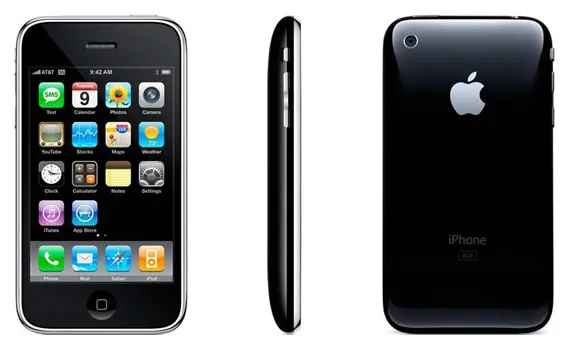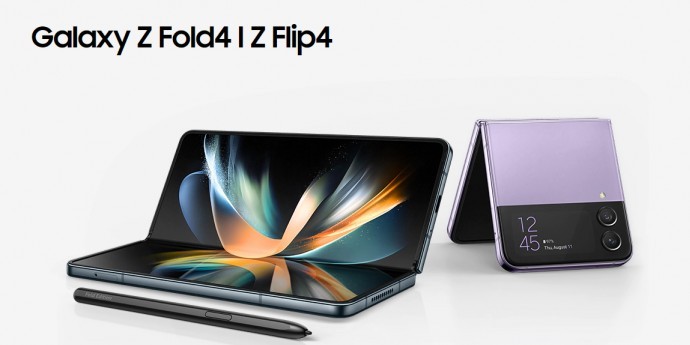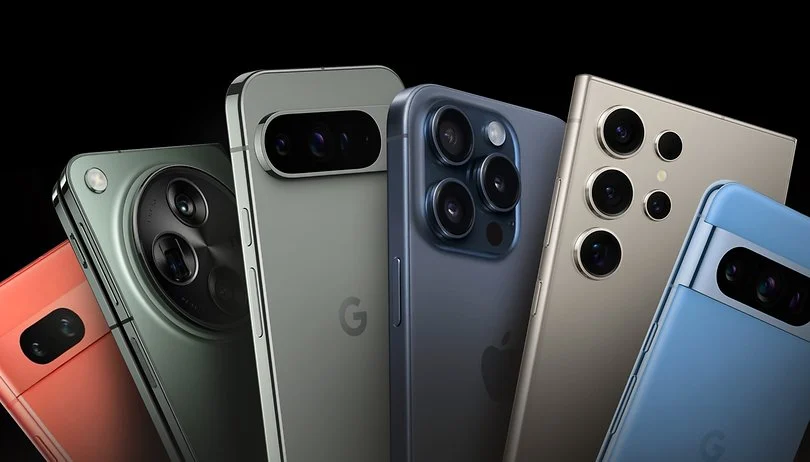The shape of smartphones is continuously evolving, driven by technological advancements and shifting consumer demands. From the earliest cell phones to today’s smartphones, designs have undergone significant changes in both form and functionality, with further innovations anticipated in the future.
1. Cell Phone Shapes Before Smartphones
Early cell phones began as large, heavy, rectangular “bar” shapes focused primarily on basic calling functions. Later, flip and slide designs emerged, offering screen protection and larger keypads, enhancing ease of use.
2. The Earliest Forms of Smartphones

Blackberry Bold 9650

iPhone 3gs
BlackBerry: BlackBerry featured a compact, rectangular design with a physical keyboard and small screen, appealing especially to business users. The physical keyboard enabled fast and accurate typing, making it ideal for email and messaging.
iPhone: iPhone was revolutionary in its fully touchscreen rectangular design. By replacing the physical keyboard with a touch interface and adding a single home button, the iPhone’s minimalist design set the standard for app-centric usage, significantly impacting the shape of future smartphones.
3. Why Physical Keyboards Disappeared
Maximizing Screen Size
- Physical keyboards occupied valuable screen space, limiting the display size on smartphones. With the adoption of touchscreens, the entire front surface could be utilized as a display.
Enabling Diverse Input Methods
- Touchscreens support not only typing but also various gesture inputs such as multi-touch, swipe, and zooming. This allows users to interact with smartphones in a more intuitive way, going beyond simple text input.
4. The Future Shape of Smartphones
Future smartphones are expected to take on more flexible shapes, like foldable and rollable designs, in response to evolving user needs.

Foldable Smartphones: These devices provide a large display but fold up compactly to fit in a pocket, ideal for users who want both portability and a larger screen when needed. For instance, devices like the Galaxy Fold offer a large screen for immersive experiences but fold down for easy portability.As technology advances, we might even see multi-fold designs that can be folded multiple times, offering even larger displays while maintaining compactness for daily carry.
Rollable Smartphones: Rollable smartphones, which expand when additional screen space is required, address the demand for larger screens without compromising on compactness when not in use.
Conclusion
Ultimately, smartphones have developed into more portable forms because they have become essential items we carry everywhere. At the same time, users still desire larger screens, and meeting both needs has led to concepts like foldable designs that can be carried compactly or rollable screens that expand when needed. This evolution reflects our desire for smartphones that are lighter, more compact, and easier to carry around, while still offering a larger display when required.
